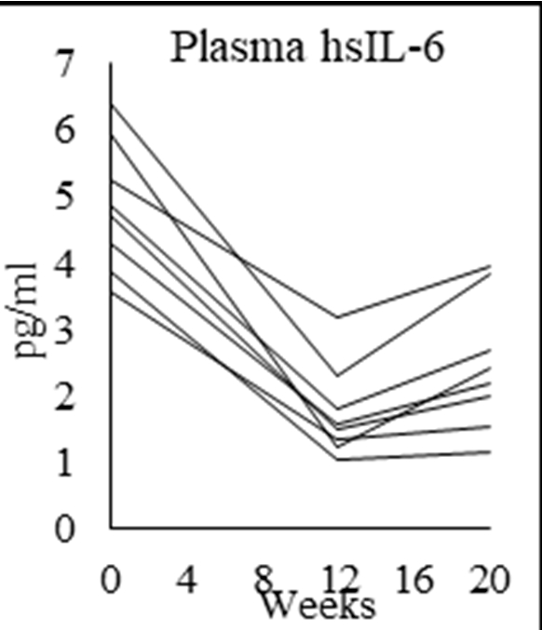In a recent thread, the dangers of antioxidant supplementation were illuminated. Excess levels of antioxidants interfere with normal homeostasis and the body´s own mechanisms of fighting cancer. By depleting ROS, one´s ability to destroy cancer cells declines. Particular mention was made of glutathione, the most common antioxidant in the body and present in most cells. Links posted by smurtaw Antioxidants Accelerate the Growth and Invasiveness of Tumors in Mice – NCI cancer.gov/news-events/canc...
Role of Glutathione in Cancer Progression and Chemoresistance - PMC ncbi.nlm.nih.gov/pmc/articl...
That said, in two small clinical trials by the same researchers, supplementation of glutathione precursors have yielded apparently astounding improvements in critical health markers in people who often have glutathione deficiency: older adults and HIV patients respectively (HIV being a model of accelerated aging). Presumably some protection against cancer may occur if those health markers are improved, if excess levels of glutathione are avoided.
Glycine and N-acetylcysteine (GlyNAC) supplementation in older adults improves glutathione deficiency, oxidative stress, mitochondrial dysfunction, inflammation, insulin resistance, endothelial dysfunction, genotoxicity, muscle strength, and cognition: Results of a pilot clinical trial Premranjan Kumar et al. Clin Transl Med. 2021 Mar.
Biomedicines 2020, 8, 390; doi:10.3390/biomedicines8100390 Supplementing Glycine and N-acetylcysteine(GlyNAC) in Aging HIV Patients Improves Oxidative Stress, Mitochondrial Dysfunction, Inflammation, Endothelial Dysfunction, Insulin Resistance, Genotoxicity, Strength, and Cognition: Results of an Open-Label Clinical Trial
There were only eight persons in each trial, but all diagrams were similar. Like this one showing fasted plasma insulin concentrations first during 12 weeks of supplementation than 8 weeks without supplementation for the eight individuals.
